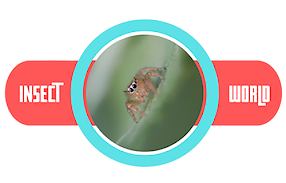 |
Biological control insects are organisms used to manage or control the population of pests in agriculture, forestry, and other ecosystems. These beneficial insects can be predators, parasites, or pathogens that naturally regulate the population of harmful pests. Here are some examples of biological control insects:
Ladybugs (Ladybirds):
Characteristics: Ladybugs are small, round beetles often brightly colored, with distinctive spots on their wing covers. They have chewing mouthparts.
Role in Biological Control: Ladybugs are voracious predators of aphids, scale insects, and mites, making them valuable for controlling pests in gardens and agricultural crops.
Green Lacewings:
Characteristics: Lacewings have delicate, lacy wings and long antennae. They are usually green or brown and have large, prominent eyes.
Role in Biological Control: Lacewing larvae are predatory and feed on aphids, caterpillars, and other soft-bodied insects. They are particularly effective in controlling aphid populations.
Parasitoid Wasps:
Characteristics: Parasitoid wasps are often small and have a narrow waist. Unlike true parasites, they eventually kill their hosts. They may have a stinger for laying eggs inside or on the host.
Role in Biological Control: Parasitoid wasps lay their eggs on or inside pest insects. The wasp larvae then consume the host from the inside, ultimately killing it. They are used to control various pests like caterpillars and aphids.
Predatory Beetles (Ground Beetles, Rove Beetles):
Characteristics: Predatory beetles vary in size and color but often have robust bodies and strong mandibles for chewing.
Role in Biological Control: Ground beetles and rove beetles are generalist predators, feeding on a variety of pests such as caterpillars, beetle larvae, and insect eggs.
Predatory Mites:
Characteristics: Predatory mites are tiny arachnids with a similar appearance to pest mites. They have specialized mouthparts for piercing and sucking.
Role in Biological Control: Predatory mites feed on pest mites, thrips, and other small arthropods. They are used in greenhouse settings and agriculture to control harmful mite populations.
Nematodes:
Characteristics: Nematodes are microscopic, worm-like organisms.
Role in Biological Control: Entomopathogenic nematodes are parasitic to insect larvae. They enter the host, release bacteria that kill the insect, and then feed on the decomposing remains. They are used to control various soil-dwelling pests.
Biological control insects are an environmentally friendly alternative to chemical pesticides, contributing to sustainable pest management practices while minimizing the impact on non-target organisms and the environment.

0 Comments